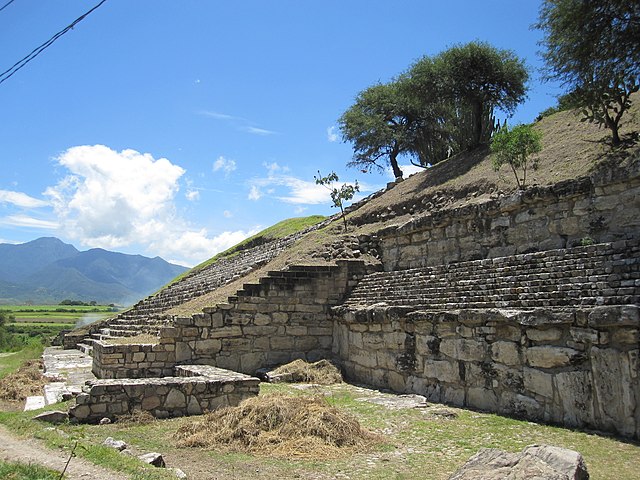San Jose Mogote stands as a testament to the innovation of the pre-Columbian Zapotec civilization. This ancient pyramid, nestled in the Etla Valley of Oaxaca, Mexico, was once the center of a thriving community. It showcases architectural ingenuity through its remarkable structure which dates back to the early Formative Period. San Jose Mogote played a crucial role in understanding the sociopolitical dynamics of early Mesoamerican societies. Its artifacts provide insight into the Zapotec’s daily lives, religious practices, and the trade relationships they fostered with nearby regions.
Ancient Civilizations
All Ancient Civilizations, Cultures and People
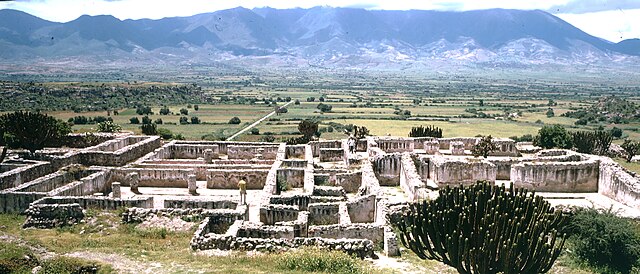
Yagul
Yagul, a mesmerizing archeological site, offers a unique window into the Zapotec civilization’s past. Located in the sun-drenched valleys of Oaxaca, Mexico, Yagul, which translates to “old tree” in the Zapotec language, was once a powerful city-state. The site thrived after the fall of Monte Albán, around 500-700 AD, and bears witness to the ingenuity and artistry of its builders. Visitors can explore the fortress-like structures, the impressive ball court, and the elaborate tombs carved into rocky cliffs. Known for intricate stone mosaics and elaborate frescoes, Yagul reveals the Zapotec’s advanced urban planning and their deep connection with spirituality and the afterlife.
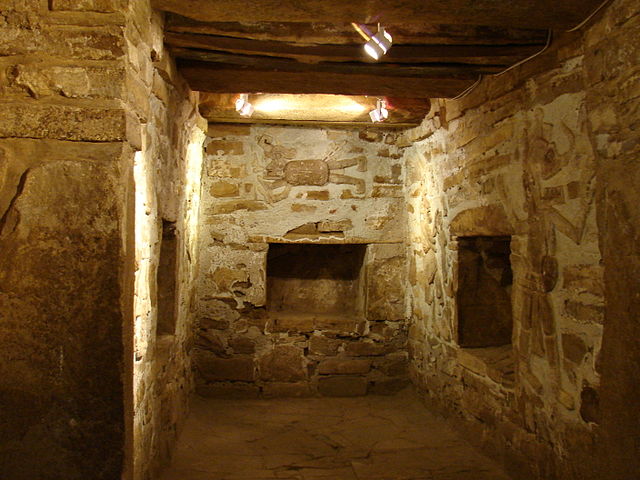
Zaachila
Discover the ancient town of Zaachila, a site of significant historical importance in Oaxaca, Mexico. Once the capital of a Zapotec kingdom, its roots plunge deep into the pre-Columbian era. Visitors to Zaachila are welcomed by the remnants of a powerful culture with its array of archaeological wonders, including royal tombs and intricate carvings that hint at the complexity of the former Zapotec civilization. The area tells a story of political prowess, uniquely influenced by both Zapotec and Mixtec peoples, as it transitioned under their shared dominance over time
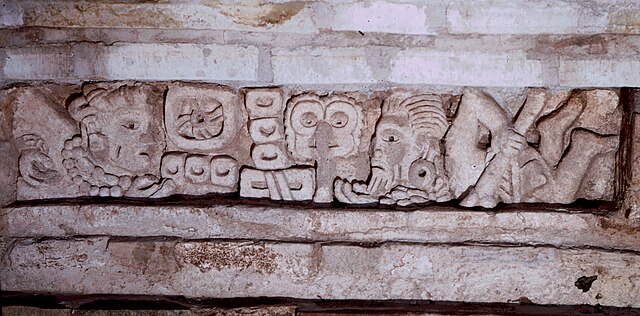
Lambityeco
Lambityeco stands as an ancient marvel in Mexico’s rich historical landscape. Nestled in the Tlacolula Valley of Oaxaca, this lesser-known Zapotec city thrived between 600 and 850 A.D. It’s renowned for its impressive remnants that speak volumes of the Zapotec civilization. Unlike the larger sites of Mitla and Monte Albán, Lambityeco offers an intimate glimpse into the elaborate class system and intricate life of the Zapotec elite. Visitors get to explore the ornate tombs, unique frescoes, and the remnants of their advanced drainage systems. Additionally, the site’s salt production gave it economic significance, making it an essential part of the region’s trade network.
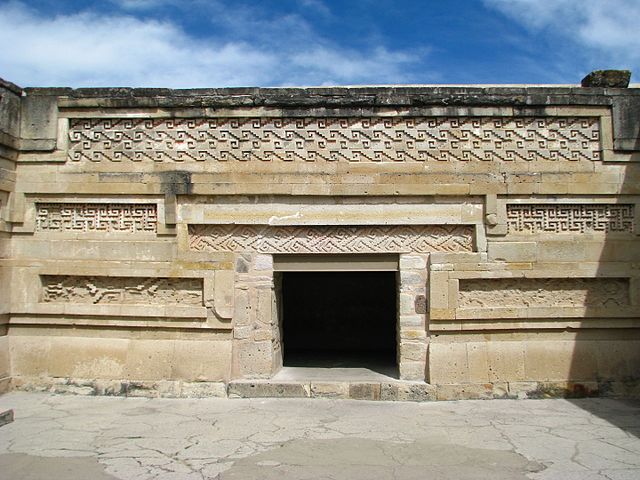
Mitla
Located in the picturesque Oaxaca Valley, Mitla is a stunning testament to the ingenuity of the Zapotec civilization. This historic site boasts some of the most intricate and masterfully crafted mosaics in the Americas. Unlike any other pre-Columbian ruins, Mitla’s walls are adorned with geometric patterns that continue to captivate visitors. These designs were carved without the use of mortar. They symbolize the site’s spiritual significance and the Zapotecs’ remarkable architectural prowess.
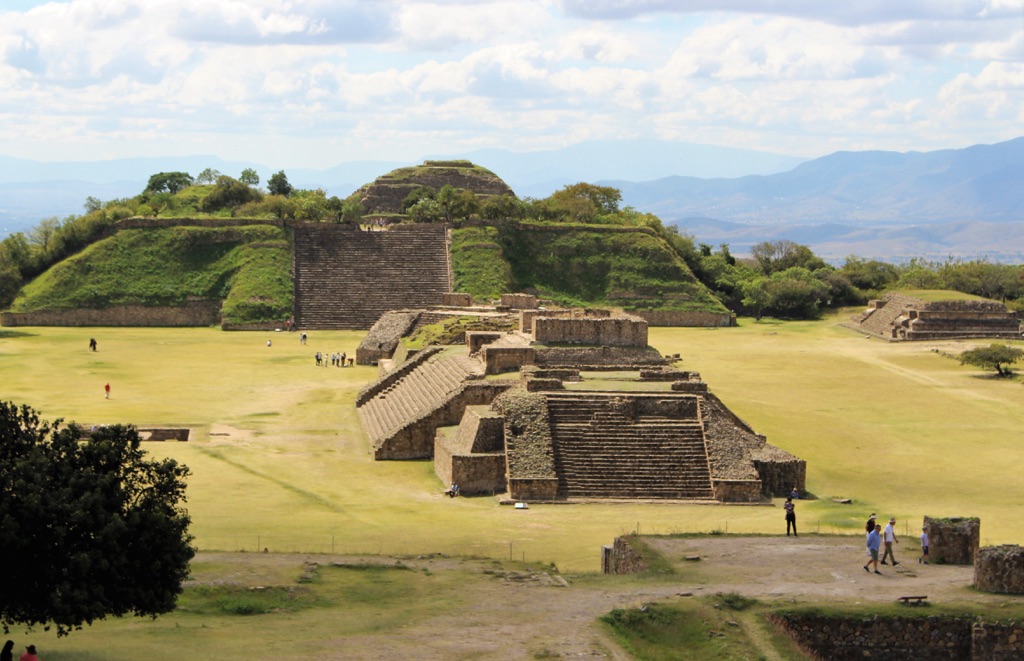
Monte Alban
Monte Alban stands as a testament to the ingenuity of the Zapotec civilization. Perched atop a mountain in Oaxaca, Mexico, it offers breathtaking views and an insight into pre-Columbian history. The site’s impressive architecture includes grand plazas, intricate carvings, and monumental structures. Visitors can explore the remnants of temples, ball courts, and altars that speak of a time when the city was a bustling center of power. Monte Alban encapsulates the Zapotec’s advanced urban planning, with its layout harmoniously integrating with the natural landscape.

